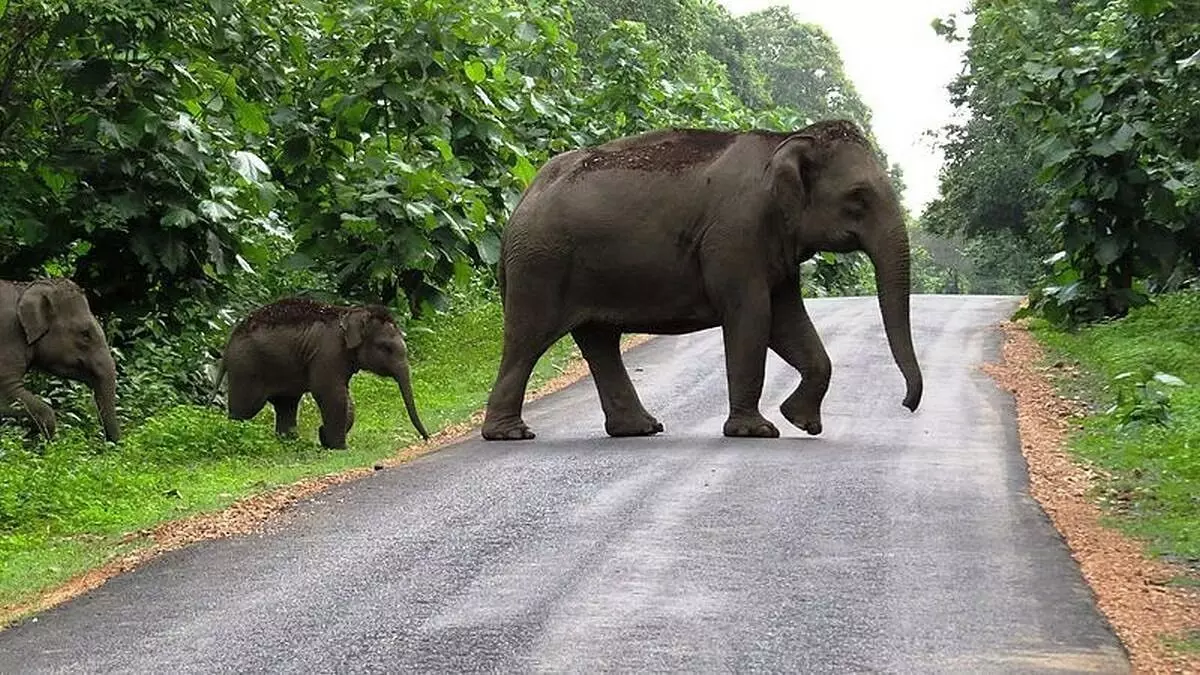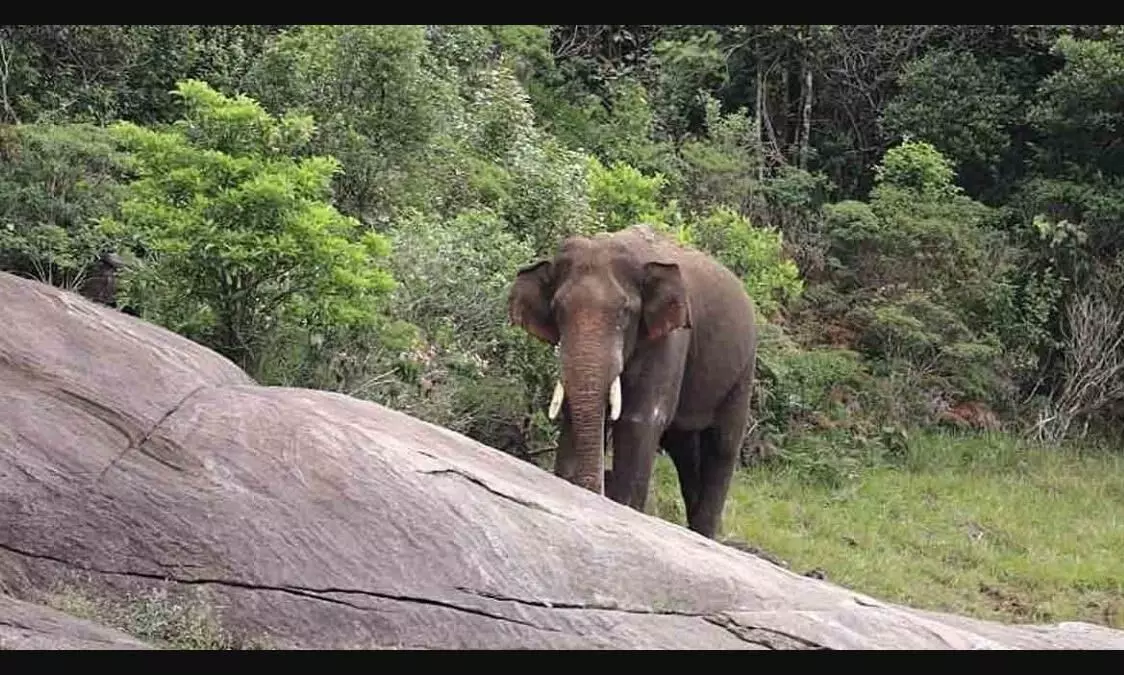
The inheritors of the Earth
text_fieldsThe incident in which a wild elephant chased and trampled to death a farmer in the courtyard of a house has sent shockwaves across the state. The elephant that claimed Ajeesh’s life was radio-collared by the Karnataka Forest department. The people took out a strong protest alleging that the authorities did not take precautions even after being alerted about the elephant. All of this has paved the way to bring to public attention the situation, where wild animals stray into residential areas, creating insecurity. The officials say that even though the elephant was radio-collared, it took hours to receive the signals from it, due to which there was delay in precisely tracking the elephant's movements. Rather than negligence on the part of the authorities, this incident points to the inadequacy in tracking the movements of wild animals and in implementing the necessary coordinated countermeasures. The Karnataka Forest Department recently released four more wild elephants into the forests along the Kerala border from various forest areas in the Hassan district. It is learned that the current plan is to locate all of them, administer tranquilisers and release them back into the wild. Similarly, another radio-collared wild elephant Thanneer Komban, released by the Karnataka forest authorities into the Bandipur forest near the Kerala border, strayed into a residential area and sparked panic among the people. It was tranquilised before being shifted to Bandipur forest. However, it died soon thereafter. Karnataka Forest Department has released 87 wild elephants over the last four and a half decades. They did it out of helplessness. In Hassan district last year alone, 65 people were killed by wild animals. It is clear that shifting the elephant across the borders one way or the other alone will not solve the problem.
This is not just a human problem but also, to an equal or greater extent, an issue for elephants too. The wild animals wander into the residential areas in search of the conditions necessary to survive. Elephants are not the only ones like this. The Karnataka forest department has been capturing tigers and bears and releasing them into the forest. Although temporary measures may be needed in cases where the problem is acute, merely shifting the wild animals around, as is currently being done, does not provide a permanent solution. Given that state and national borders, which are drawn by human beings, do not apply to wildlife sanctuaries and ecosystems, interstate and national-level cooperation is essential in remedial efforts. The proposal to form an inter-state coordination committee is welcome. During current times, when wildlife attacks on human beings are rampant around the world, we need to think not only about temporary solutions. The practice of thinking about a solution only when a crisis hits, needs to change. This on the other hand should take place at the administrative levels starting from policy formulation.
A report prepared by the World Wide Fund for Nature (WWF) and the United Nations Environment Programme (UNEP) in 2021 said that up to 75 percent of some species are dying due to conflict between wild animals and humans. It goes without saying that humans living in forest areas are also at risk. In the five years since 2014-15, when more than 500 elephants died in India due to such incidents, 2361 humans have been killed in elephant attacks during the same period. It must be remembered that if wildlife species are destroyed, that will ultimately affect human survival too. Global wildlife count has declined dramatically since the 1970s. India has experienced the highest loss of wildlife due to conflict with humans. The area where the elephants could once roam around freely, has shrunk to only three to four percent of what it originally was. Prominent among the reasons for this are deforestation and climate change. The forest department should also take the initiative to formulate long-term plans taking into account all these factors. The 'Sonitpur Model', developed by WWF during 2003-04 when elephant attacks increased in Assam, proved to give good results. The programs included ranged from educating the public about the Forest Department's schemes to training them on how to remove wild elephants from farms. It is important to make people aware of the causes and possible solutions. Technology will also have to be used for this. But at the heart of all remedial efforts is the realisation that biodiversity, including wildlife, is also necessary for human survival; it is the understanding that, like humans, other species, including wildlife, are also inheritors of the earth.

























